

Matt Campbell
2025 Porsche 911 Carrera T review
5 Days Ago

Journalist
The Renault Scenic Vision is eye-catching on two fronts: its edgy design, and its hydrogen fuel cell plug-in hybrid drivetrain.
As far as the design goes, the Scenic Vision embodies the company’s Nouvelle Vague (or New Wave) design philosophy, and includes plenty of sharp, bold creases.
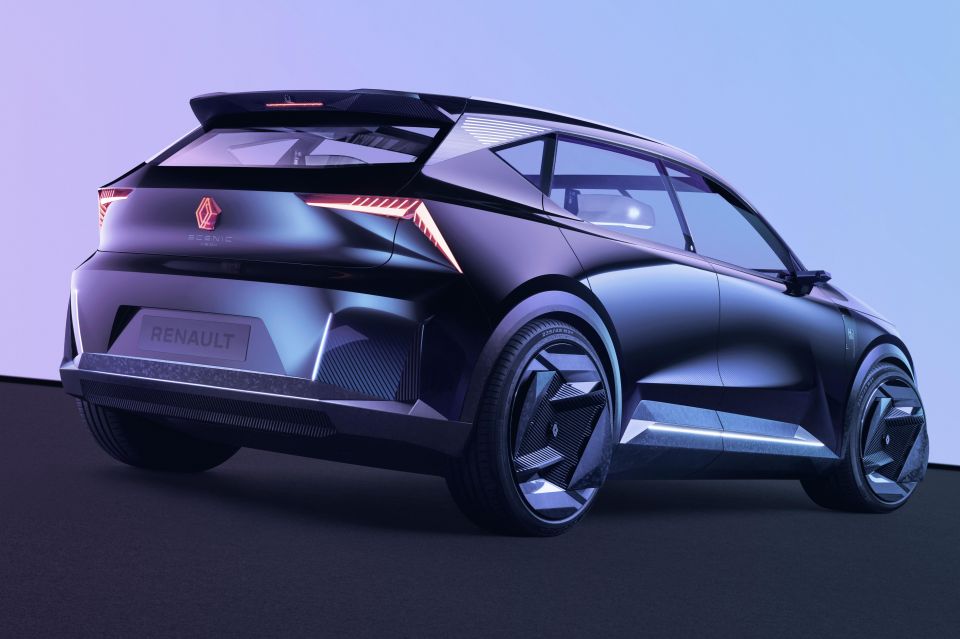
According to the company, the exterior of the Scenic Vision previews a new production “family model” due in 2024.
Reports indicate “90 per cent” of the design will carry through to the final car, although we expect one major change: the rear-hinged (or suicide) rear doors will be replaced by conventional front-hinged units.
The minimalist cabin is said to be a “forward-looking study of future Renault interiors”.
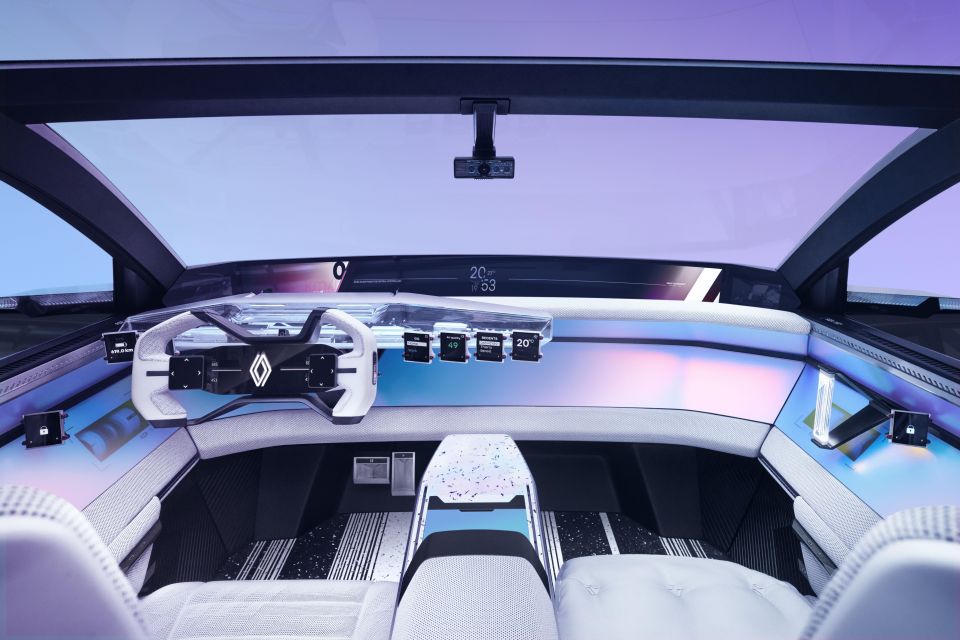
While the production Scenic is expected to sit above the Megane E-Tech in the company’s EV range, the concept has a novel hydrogen fuel cell range-extender plug-in hybrid setup dubbed H2-Tech.
It features a 160kW electric motor driving the front wheels. The motor is hooked up to a small-ish 40kWh battery pack, and an underfloor 16kW hydrogen fuel cell system.
The fuel cell system acts a range extender that charges the battery pack rather than driving the wheels. This layout is similar to setup used by the now-departed Holden Volt and BMW i3 Rex, although those two cars employed a small petrol engine to recharge their batteries.
Renault claims the Scenic Vision can travel 800km on a full charge, and with only one quick five-minute hydrogen refuelling stop.
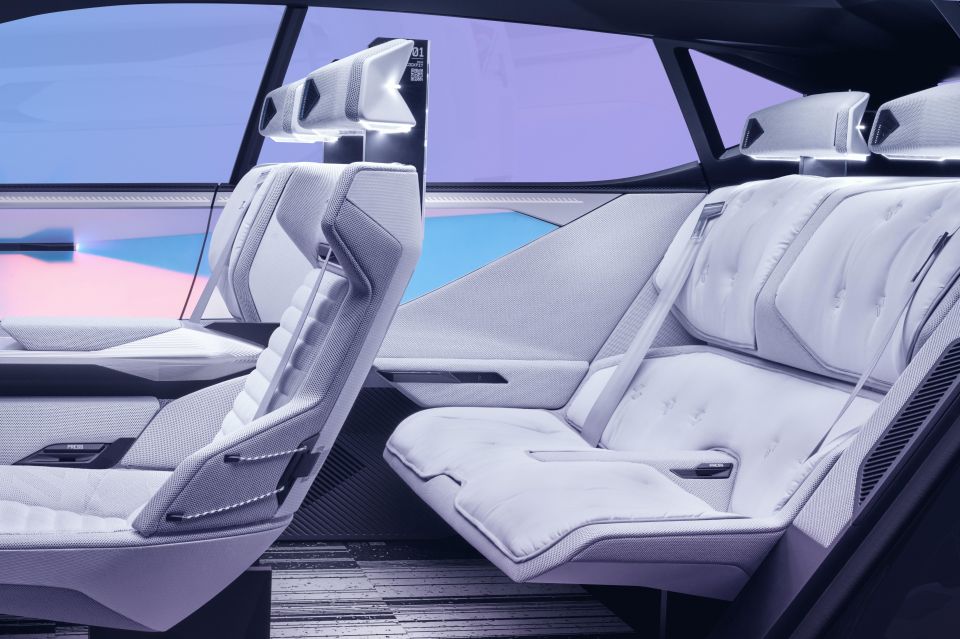
The automaker’s representatives told Autocar the H2-Tech drivetrain won’t go into production until the 2030s, and will form part of the firm’s push to be carbon neutral in Europe by 2040, and globally by 2050.
The Scenic Vision measures 4490mm long, 1900mm wide, 1590mm tall, and rides on a 2835mm wheelbase.
That’s about halfway between the 4.41m Scenic and 4.63m Grand Scenic, both of which went out of production this year.

According to Renault, the 70 per cent of the Scenic Vision is made from recycled materials, and 95 per cent of the car can be recycled, including the batteries.
The concept’s floor is made from the recycled plastics, the seats are clad in “low carbon” recycled polyester, and the carbon-fibre hydrogen tank is made from recycled paper waste.
Some parts are also made from carbon recycled from the aeronautical industry.
The concept rides on 235/45 tyres with 21-inch alloy wheels sporting an interesting spoke design.
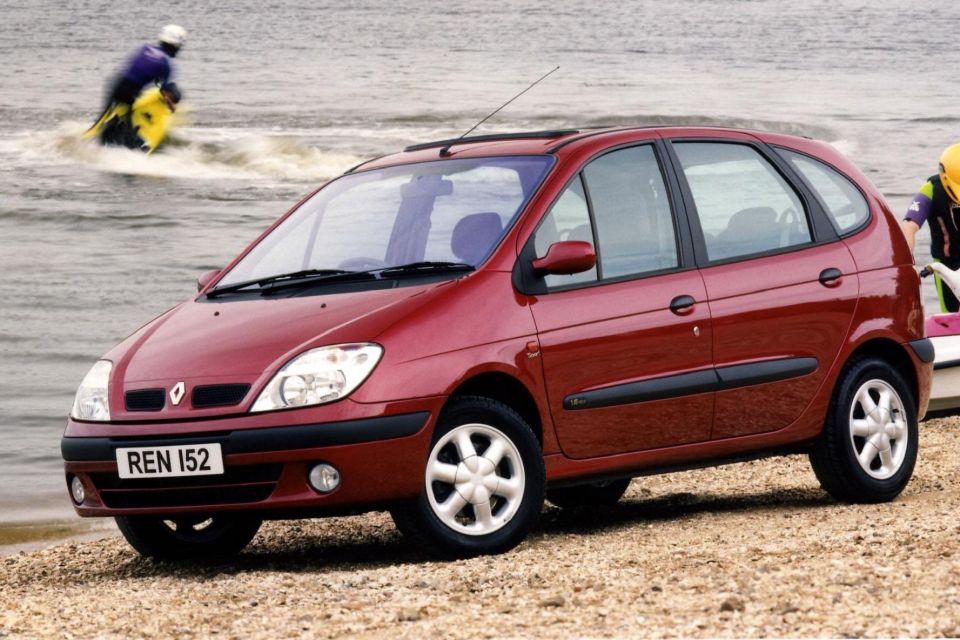
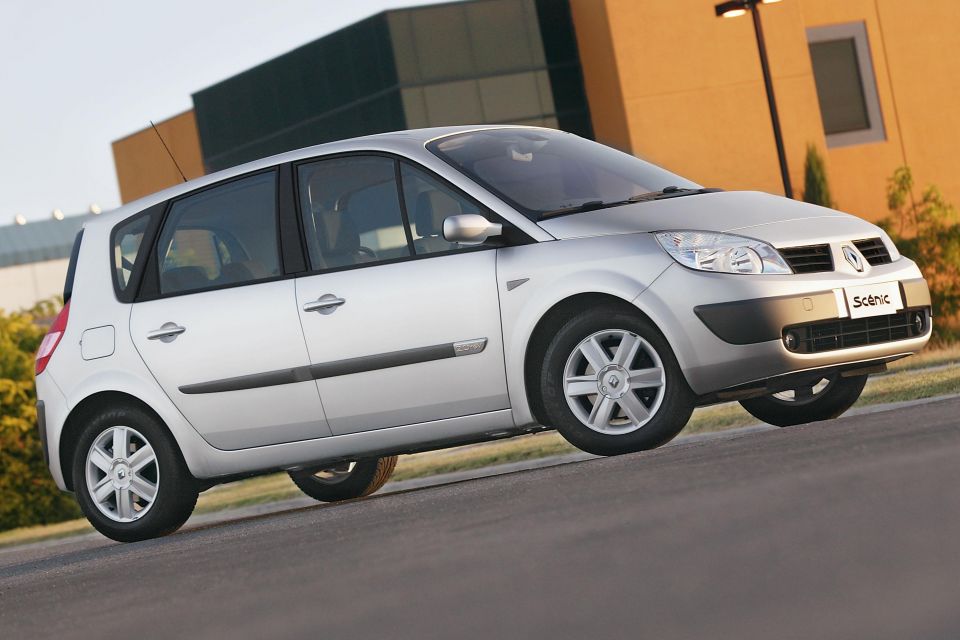
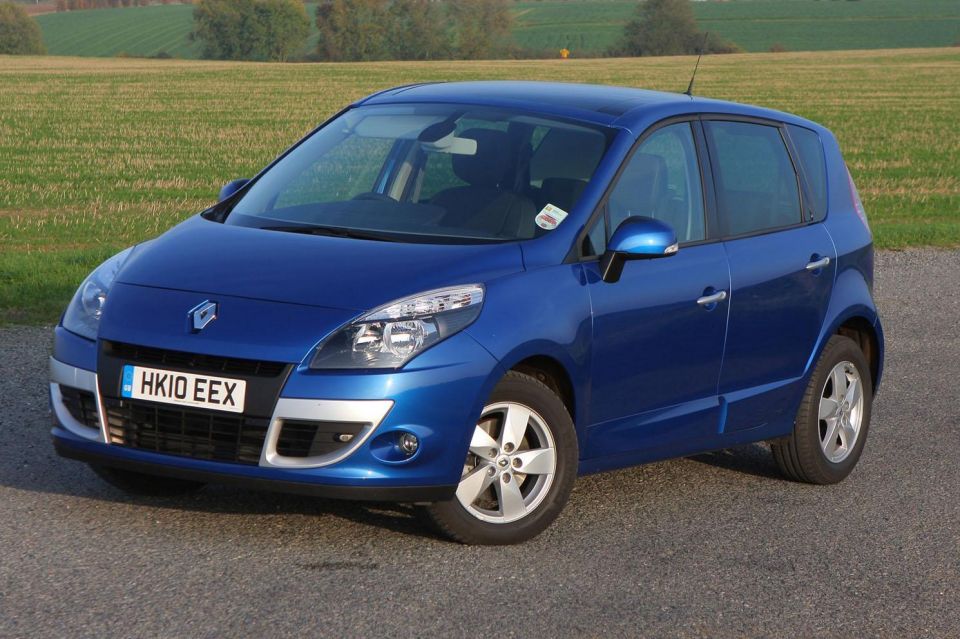

This isn’t the first time Renault has reused one of its famous people mover names on a crossover-ish vehicle, with the big daddy Espace morphing into an amalgam of the two body types when it was redesigned in 2015.
Launched in 1996, the Scenic — originally the Megane Scenic — has been the company’s volume-selling small people mover, and competed with the likes of the Opel Zafira and Citroen C4 Picasso.
Where expert car reviews meet expert car buying – CarExpert gives you trusted advice, personalised service and real savings on your next new car.
Derek Fung would love to tell you about his multiple degrees, but he's too busy writing up some news right now. In his spare time Derek loves chasing automotive rabbits down the hole. Based in New York, New York, Derek loves to travel and is very much a window not an aisle person.


Matt Campbell
5 Days Ago


James Wong
4 Days Ago


Max Davies
3 Days Ago


Josh Nevett
2 Days Ago


Josh Nevett
1 Day Ago


William Stopford
18 Hours Ago